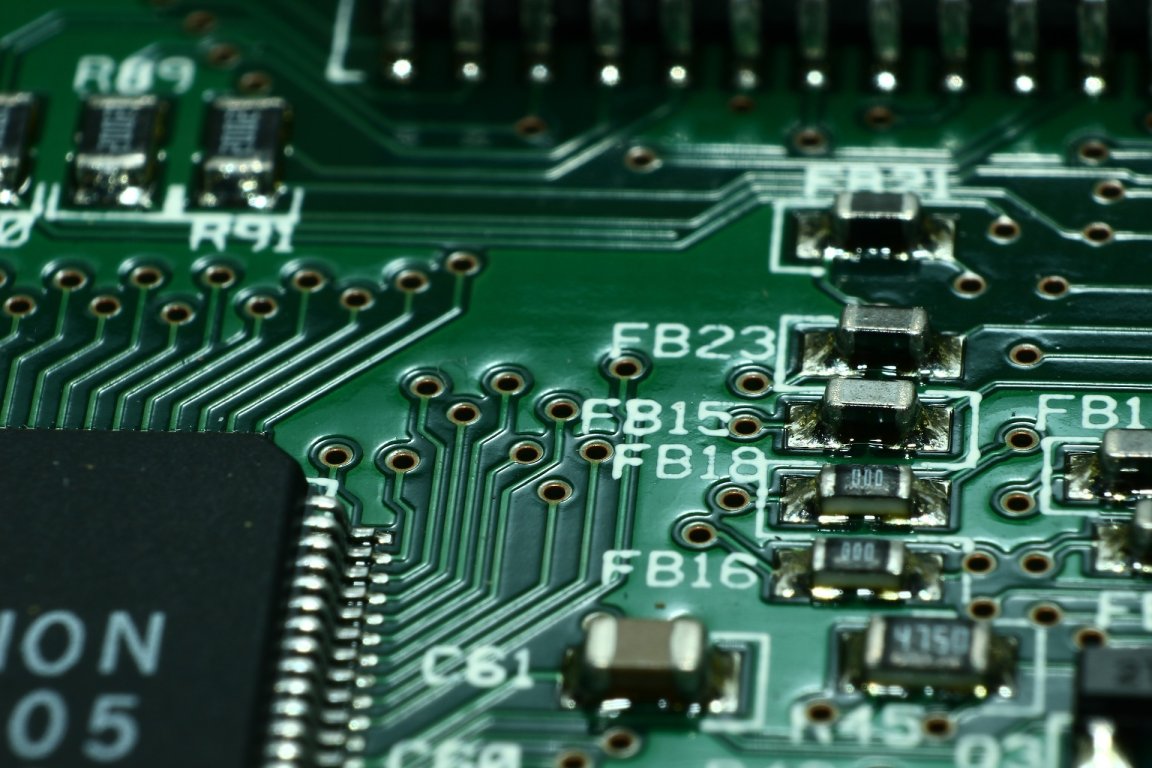
Changing BCIs Dramatically
Current brain implants are less than ideal. They are crude brain-computer interface (BCI) devices that are implanted during an invasive procedure, and a relatively small number of electrodes make contact with the brain despite the large size of the devices. While they are somewhat effective in the mitigation of the effects of epilepsy, Parkinson’s, and other neurodegenerative conditions, they’d be far more useful with more electrodes making contact than the mere tens of thousands that is possible now.
To dramatically improve BCIs, scientists need to create an implant device that is less invasive than current methods and can still offer more interactive channels, including direct interfaces with the visual and auditory cortices. This kind of BCI would create a vastly expanded range of contact points for brain function support by artificial systems.
Enter the U.S. Department of Defense’s (DoD’s) Defense Advanced Research Projects Agency (DARPA), and its Neural Engineering System Design (NESD) program. Columbia Engineering Professor Ken Shepard is leading this team, which recently received a $15.8 million grant for the next four years. Their goal is to invent exactly this kind of device, with the specific intent to help people with hearing and vision impairment and neurodegenerative diseases, and they’re using flexible silicon electronics to do it. The team plans to develop an implantable device with one million channels and they hope to apply for approval for regulatory testing by the time the four-year grant expires.

Connecting With The Brain
Shepard and his team think that the scale of the interface, the necessary complexity of the device, the project’s aggressive timeframe, and the high noninvasiveness requirement can be achieved only with brain surface level electrode architectures. And, while there is a current precedent in clinical practice for surface-level stimulation and recording, the demands of the NESD goals require significant advancement beyond those interfaces.
The implanted chips from this research team are unique; they are flexible enough to avoid damaging the brain tissue, very lightweight, and ultra-conformable on the surface of the brain. The chip itself has no need to pierce the brain tissue, instead it uses data telemetry and wireless power. This kind of baseline technology is exactly what both Elon Musk’s Neuralink and Bryan Johnson’s Kernel need to get their envisioned technologies rolling.
“This topic has drawn lots of interest from the private sector recently, including start-ups Neuralink and Kernel,” Shepard stated in the press release. “If we are successful, the tiny size and massive scale of this device could provide the opportunity for transformational interfaces to the brain, including direct interfaces to the visual cortex that would allow patients who have lost their sight to discriminate complex patterns at unprecedented resolutions.”
And, as Musk and Johnson have noted, it would allow humans to keep up with AI.
Bryan Johnson is an investor in Futurism; he does not hold a seat on our editorial board or have any editorial review privileges.